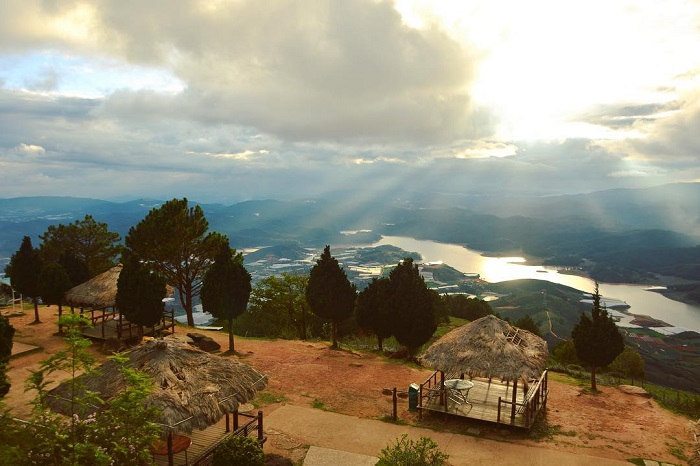
Central Highlands in Vietnam, what to see and what to do?
- on Sep 7, 2024 By: Ngoc Nguyen
Unfairly too often ignored by travelers, this region far from the beaten track is nevertheless one of the most interesting destinations in Vietnam. Cradle of ancient and primitive peoples who forbade access to foreigners, the land of French missionaries and adventurers, the Central Highlands and its magnificent landscapes are also home to an exceptional terroir that is the country's pride.
Dalat, the pearl of the Central Highlands
Perched at an altitude of 1500 m, the "city of eternal spring" became a health resort for the French elite at the beginning of the 20th century under the impetus of the Governor General of Indochina Paul Doumer and his friend, explorer and scientist Alexandre Yersin, discoverer of the plague bacillus.
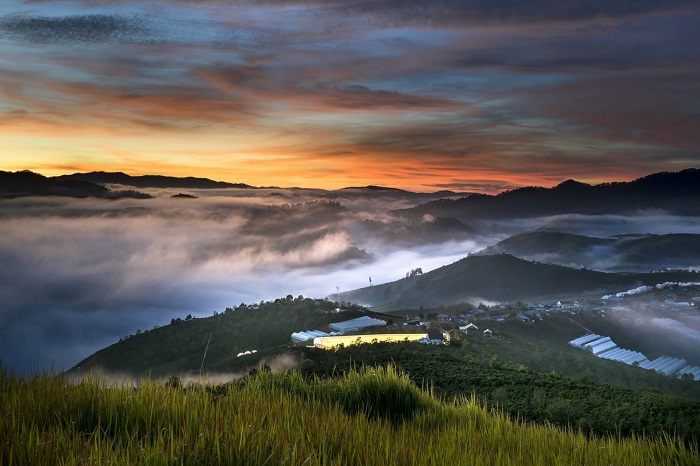
Dalat has been seducing travellers for over a century with its privileged location on the Lang Biang plateau, its natural environment, its pure air, its many lakes, its pine forests, its lush meadows, its many waterfalls, its flowery valleys and its tea hills stretching to infinity. The city also has a fabulous colonial architectural heritage, a vivacious market from morning to night and an old-fashioned, kitsch and sensual atmosphere.
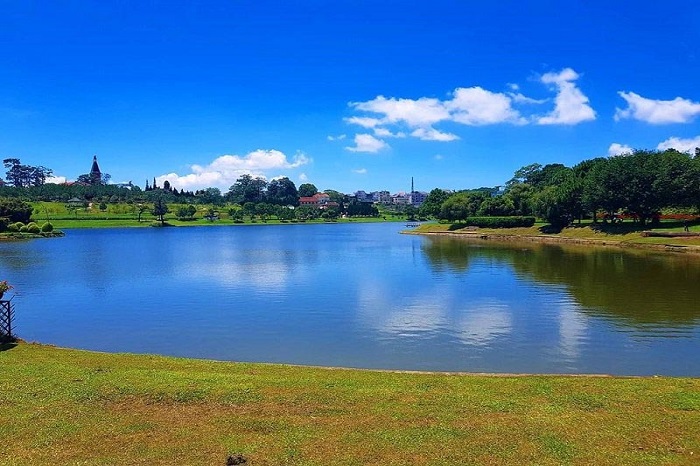
Ho Xuan Huong Lake
Central Highlands, land of adventurers, ethnologists and missionaries
Travelling through the Central Highlands of Vietnam means walking in the footsteps of certain French adventurers, ethnologists and missionaries who left their mark on the history of this region that had long remained impenetrable to Europeans.
Pasteur's disciple, Dr. Alexandre Yersin, founder of the Dalat climatic station, was one of the very first Frenchmen to explore the Central Highlands, at the end of the 19th century, at a time when this mysterious territory was almost inaccessible to the White man. The jungle ate men when it was not tigers or primitive tribes that reigned supreme. His exploration will complete the work of the Doudart de Lagrée and Francis Garnier missions in 1860 and that of Pavie in 1895.
A colourful French adventurer, David de Mayréna, made a name for himself in the Central Highlands at the end of the 19th century. On the orders of the Governor General of Indochina, he was tasked with creating a league of mountain tribes to protect themselves from a Siamese invasion. In just six months, with formidable audacity and panache, he succeeded in unifying different tribes, including the largest and most formidable, the Sedang, who enthroned him as their king under the name of Marie I. His kingdom in the heart of the jungle-inspired André Malraux and Coppola for the character of Colonel Kurtz in the film Apocalypse Now.

Jean Boulbet is one of those characters who left their mark on French Indochina. In the middle of the 20th century, this young cartographer explored the immense territory of the Cau Maa’, the famous “Domaine des génies - Domain of genies”. This still rebellious proto-Indochinese population who had turned back Henri Maître’s expedition in 1910 welcomed him and made him their own for about fifteen years. He would later become an illustrious member of the French School of the Far East.
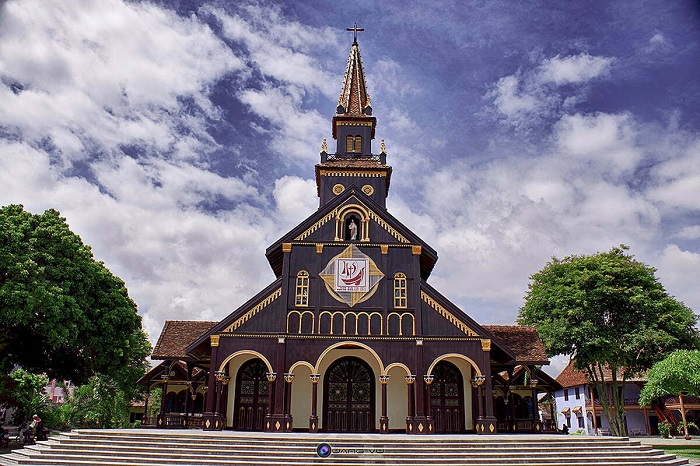
Many Catholic missionaries have been sent to Vietnam over the past 350 years to evangelize the population, particularly in the Central Highlands, which has since become an important centre of Catholicism in Vietnam. When passing through Kon Tum, be sure to visit its magnificent church built over a century ago in rot-proof ironwood. An architectural masterpiece topped with a magnificent bell tower over 20 meters high.
Terroir of the Central Highlands of Vietnam
This hilly, temperate and very fertile region is home to some stars of the Vietnamese terroir, some of which were introduced by French colonists. During your trip to this region, you will have the opportunity to discover some of them and taste them, not without pleasure.
The first of the stars of the Central Highlands terroir is of course coffee. Vietnam is the second largest producer of coffee in the world and has elevated the fact of drinking its little black coffee into an art of living in its own right. Don't miss going to the surroundings of Buon Ma Thuot and Dalat to visit a coffee plantation and discover all the subtleties of this Vietnamese black gold.
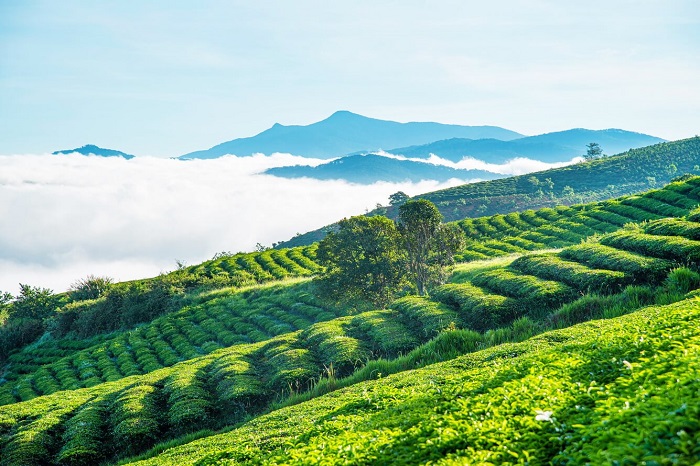
Tea is the green gold of the Central Highlands. Lam Dong province, of which Dalat is the capital, is one of the largest tea producers in Vietnam. Tea plantations undulate along the hills, draped in scarves of mist in the morning, when women delicately pick the leaves, wearing their traditional conical hats.
Pepper is one of the other stars of the Central Highlands terroir. Vietnam is also the world's largest producer of pepper. Don't miss visiting a pepper plantation to discover all the secrets of its transformation process and to taste the subtle aromas of this spice that is the pride of the Vietnamese.
Natural and cultural gems of the Central Highlands
Travelling to the Central Highlands of Vietnam means discovering natural sites of great beauty in which a fascinating ethnic mosaic lives.
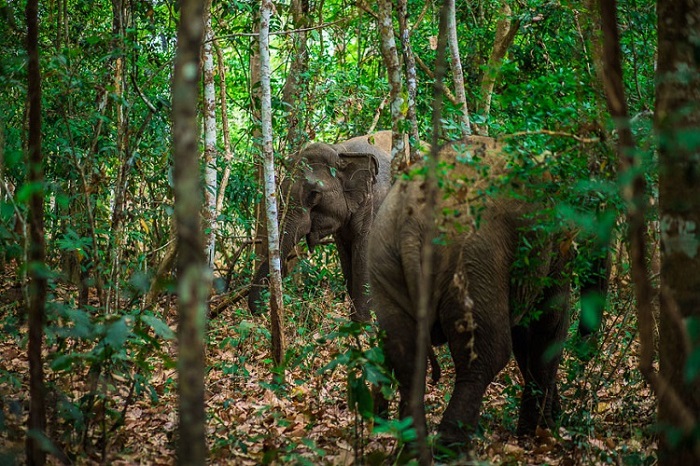
- Yok Don National Park, located Northwest of Buon Ma Thuot, along the Serepok River, is one of the largest nature reserves in Vietnam. The park, a biodiversity sanctuary, is home to no less than 60 species of mammals, often endangered such as the tiger, elephant, mithun or gaur. Possibility of staying with locals.
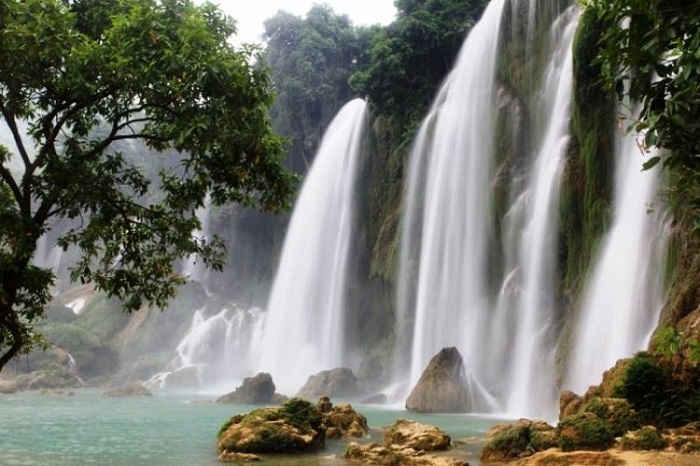
- The many waterfalls that dot the region are real delights. Among these are the four grandiose waterfalls of Dray Nur, Gia Long, Trinh Nu and Dray Sap not too far from each other. With 250 meters in length and 30 meters in height, the latter is the most spectacular in the region, especially after the rainy season when it is swollen with water. Located in the heart of the Kon Chu Rang nature reserve, the K5 waterfall is another wonder of nature that you absolutely must discover!
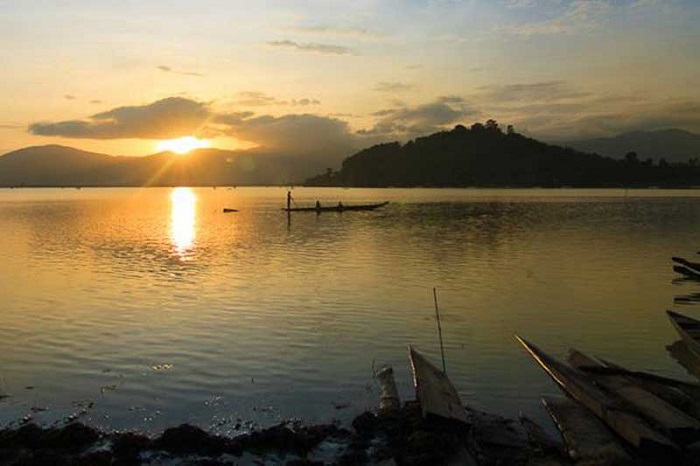
Lak Lake
- Lak Lake, the second largest natural lake in the country, is a true natural gem. Its enchanting setting, composed of wooded hills and volcanic mountains, has enchanted many, including the last emperor of Vietnam, Bao Dai, who had a summer residence built there.
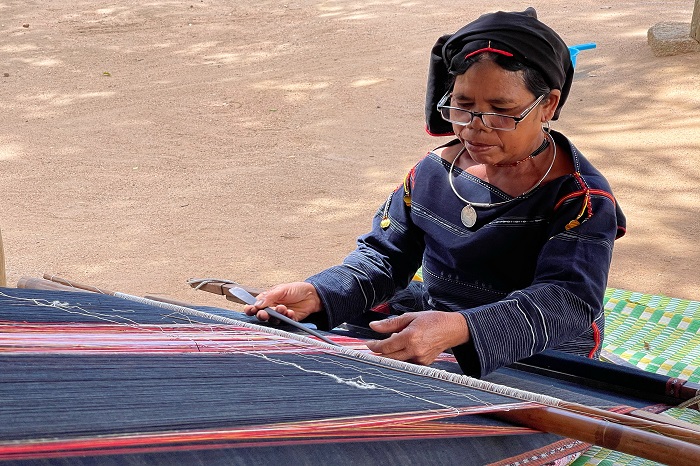
Bahnar weaver
The Central Highlands are the territory of more than thirty ethnic minorities, all proto-Indochinese, speaking Mon-Khmer. Among these ancient peoples, you can meet the Ede, M'nong, Bahnar, Jarai, Sedang, or the Romam (the smallest ethnic minority in Vietnam with a population of only 200 individuals).
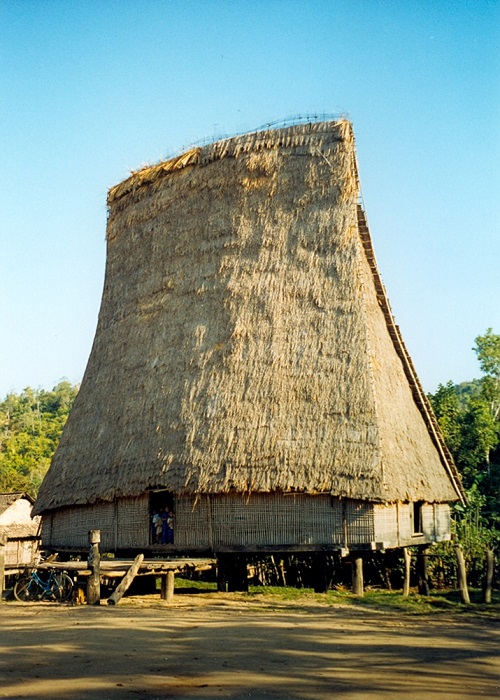
A "Nha rong"
All of them live in villages in the middle of which stands their spectacular communal house (nha rong) where all public activities such as ritual ceremonies are held. These ethnic groups are fiercely attached to the preservation of their cultural identity such as songs, dances and gongs. The Central Highlands of Vietnam are the cradle of the gong culture space, recognized as an intangible cultural heritage by UNESCO in 2008.
When should you travel to the Central Highlands of Vietnam?
Due to its temperate climate, you can travel almost all year round in this magnificent region. Note that between May and the end of October, it is the rainy season but nothing prohibitive and rather refreshing.
Length of stay in the Central Highlands
Travellers who do not have much time can focus on discovering the beautiful city of Dalat with a foray into the coffee province of Buon Me Thuot. For those who have time and/or want to explore this mysterious region in depth, 5 to 7 days will not be too much. From the superb museum town of Hoi An, on a north-south axis, you can go to Kontum, Pleiku, Buon Ma Thuot and then Dalat.
Related article:
>> What to visit in Da Lat, city of eternal spring?
>> Famous hills, peaks and mountains of Vietnam
>> Top 9 hiking trails in Vietnam
>> Tour in Vietnam in one month: 3 options to absolutely enjoy!
>> Tour to the Mekong Delta: itinerary ideas in 1,2,3,4,5,6 days to know
 Español
Español Français
Français







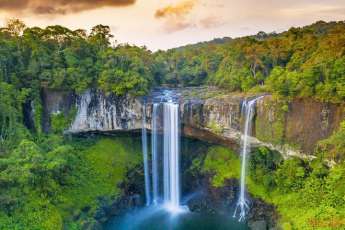
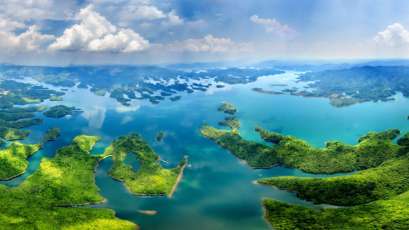
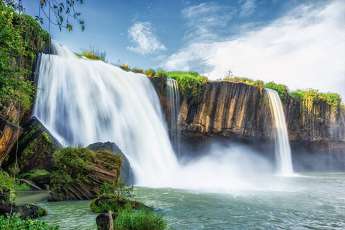
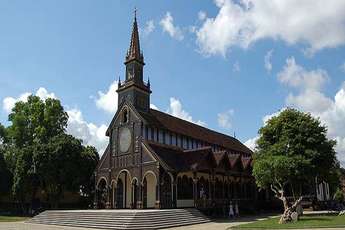
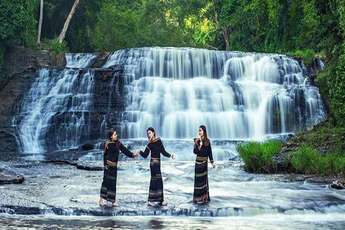
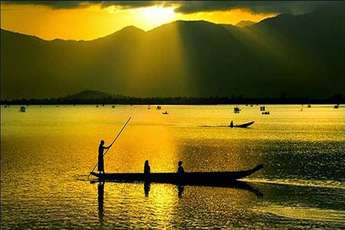







Morgane Ter Cock
on Dec 18, 2025HerbertPhomaMS
on Oct 19, 2025Lilyan Cuttler
on Oct 15, 2025Avenue17XC
on Sep 14, 2025Avenue18JL
on Jul 21, 2025